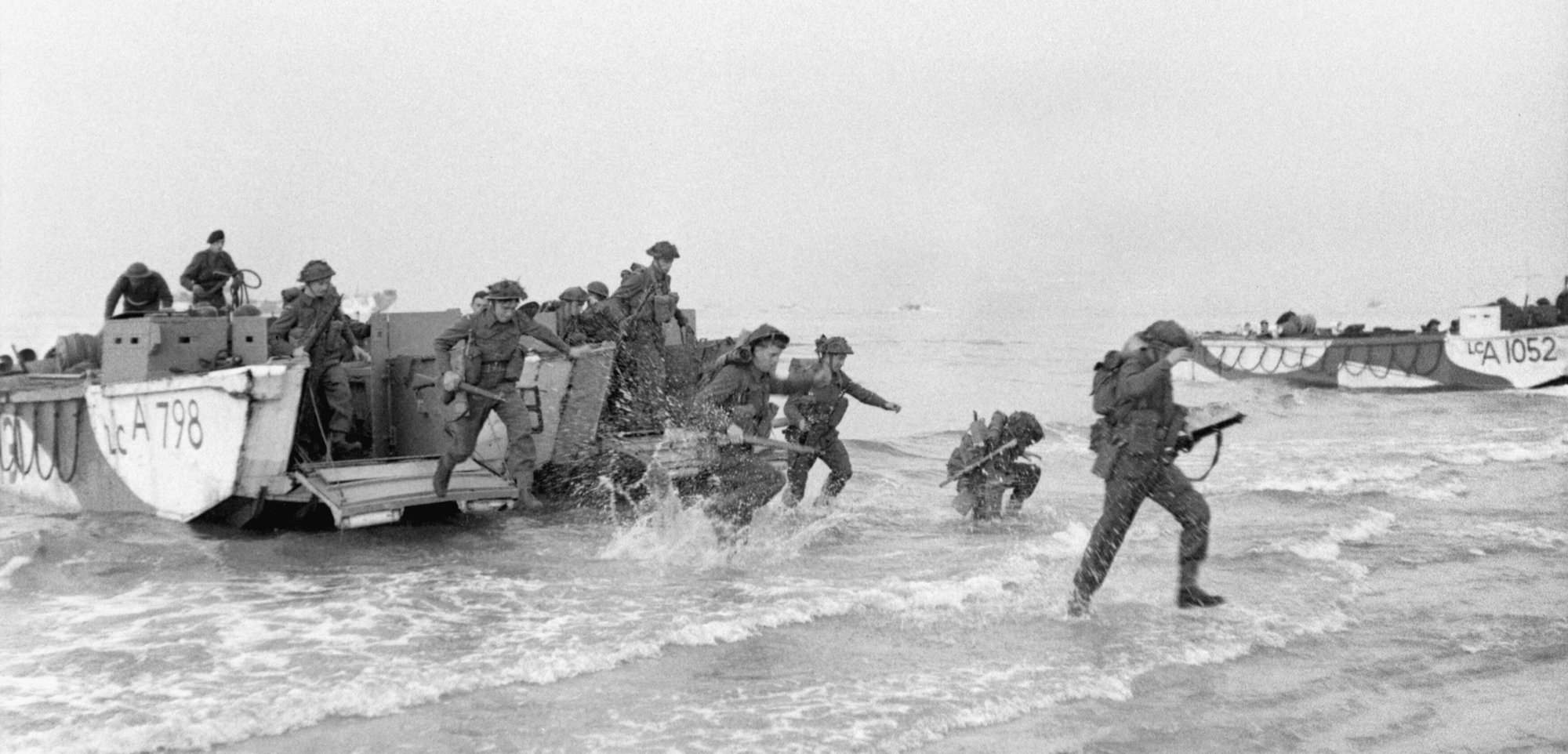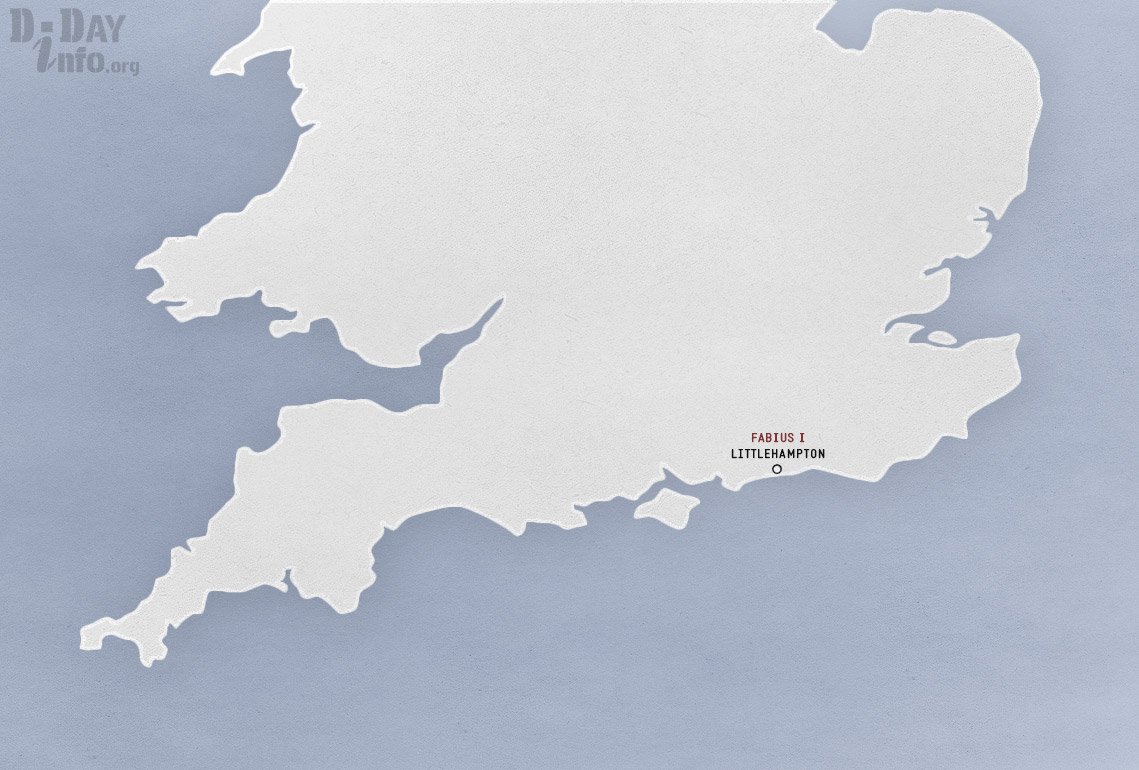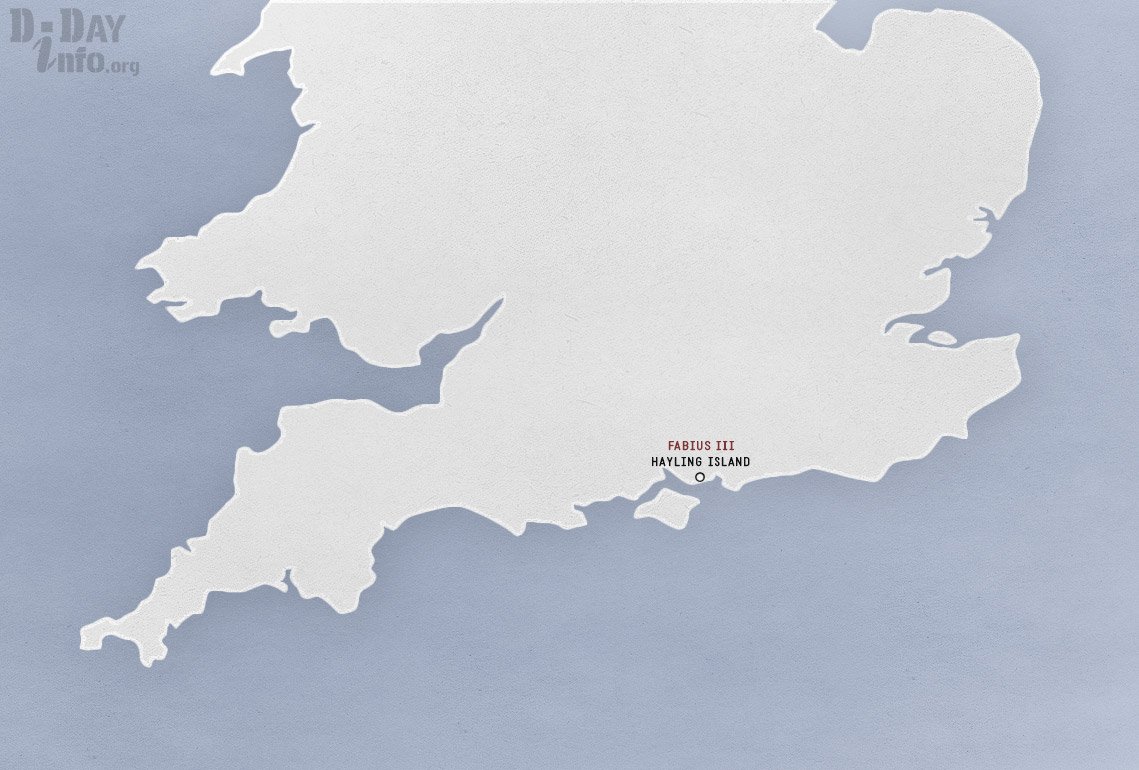Exercise Fabius

The extended Exercise Fabius took place between April 30 and May 4, 1944. Just under a month after Operation Tiger. The purpose was to train for the amphibious landings on D-Day and this with the intention to pursue the goals of Operation Neptune as best as possible.
Exercise Fabius consisted of the following parts:
- Fabius I:
These exercises took place on the beach of Slapton Sands. Here mainly the 1st and 29th American Infantry Division took part to prepare for the landings of Utah Beach and Omaha Beach. - Fabius II:
These exercises took place on the beaches of Hayling Island in which mainly the 50th British Infantry Division participated to prepare for the landings of Sword Beach. - Fabius III:
These exercises took place in Bracklesham Bay where the 3rd Canadian Infantry Division prepared for the landings of Juno Beach. - Fabius IV:
These exercises took place on Littlehampton beach where the 3rd British Infantry Division was preparing for the Gold Beach landings. - Fabius V and VI:
The main purpose of these exercises was to optimise the fluidity of supply to the forces.
Exercise Fabius was also used to practise arrangements with civil authorities. It was also an opportunity to give the police practice in controlling the huge volume of traffic that would be developed as in a real invasion.
Finally, the last days of Exercise Fabius were used to make the enemy believe that Fabius was the first of a whole series of exercises. So the intention was to deceive the Germans into thinking that Operation Neptune and Operation Overlord (the code names for the real landings) were going to be the next exercises in the series. Another factor for Fabius, was the need to have at least four weeks between the last exercise and D-Day, to allow sufficient time for repair and preparation of landing craft.
Exercise Fabius was to remain secret
There were considerable concerns regarding the security of these operations. The possible intervention of the German Kriegsmarine or Luftwaffe had to be avoided. In other words, a disaster like the tragedy in Lyme Bay during Operation Tiger was not to happen again. Also, if the Germans, by means of spies or air reconnaissance, found out what kind and what size of these forces were, they could possibly use this information to determine where the actual landings were going to take place. Also, the use of the south coast as a training ground could give the Germans an inkling and insight into the plans of the naval part of the invasion (Operation Neptune) and the land part (Operation Overlord).
There were also fears that if the Germans discovered Exercise Fabius, it would provide opportunities for unravelling the complex diversionary plan called Operation Fortitude, part of which was to make the Germans believe that the landings would take place in Calais.
Have you noticed a language or writing error? Please let us know, as this will only improve our reporting. We will correct them as soon as possible. Your personal data will be treated confidentially.
Report error



